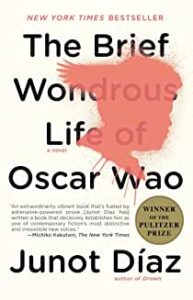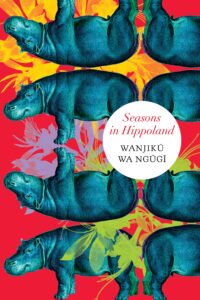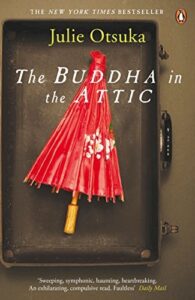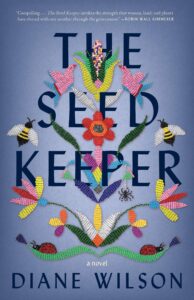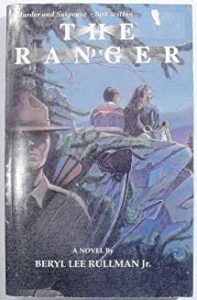Ekif Shafak
Fiction 2019 | 309 pages
![]()

"Tequila Leila" is murdered in November 1990, her body left in a garbage dumpster. She was 43 years old. After her heart and lungs stop, her mind stays alive for 10 minutes and 38 seconds. This story is what she recalls from her life in those 10 minutes and 38 seconds. Yes, there is scientific research that indicates this may actually be what happens when our heart and lungs shut down ... brain activity continues for another 10 minutes.
And how fascinating, what she vividly recalls from her life as a child in the province of Van, Turkey and then of her adult life in Istanbul. Time is fluid, and her memories are vividly clear. You know from the very beginning, when her mother is forced to turn her over to her husband’s first wife and be forever be known as Leila's "auntie," that life is not going to go smoothly for Leila.
Leila is brutalized but courageous. She is dealt unbelievably challenging blows but is resilient. She has every reason in the world to isolate herself from other people, but she has intimate friendships and a short, happy marriage.
Raped at six years old by her uncle, a relationship that goes on for years, life conspires to take her into the work of a prostitute. Istanbul is a nearly impossible city to survive in, much less thrive.
Smells and tastes are her access points to her life remembrances, which makes each memory vivid, tactile, and palpable. During her time in Istanbul, she is subjected to unspeakable patriarchal atrocities.
The story is brutal, bleak, and violent. Shafak's writing is poignant, descriptive, lucid, and may make you need to catch your breath. But also, Leila is such a real person with such an intriguing heart, Leila had me in awe. I did not see this in any review I read, but personally I found some very intelligent humor spread throughout the book, and certainly in the ending. In addition to her husband D/Ali (his name was Ali, but he aspired to be a painter like Dali), she had five incredibly close friends: Nostalgia Nalan, transgender; Sabotage Sinan, the Pharmacist’s son; Jameelah, a trafficked African woman who sees into people’s souls; Zaynab122, the religious one who is 122 cm (4 feet) tall; and Hollywood Humerya, the singer. These wonderful friends of Tequila Leila not only add immense warmth and humanity to 10 Minutes and 38 Seconds in this Strange World, but they also add just a bit of balance and lightness.
This book is brilliant. The plot is creative and inventive. The writing is outstanding. I am very intrigued to hear what my book club has to say when we discuss it next week. Recommend by Sara. And now, also recommended by me.
May 2022

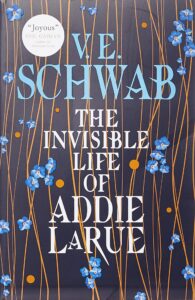
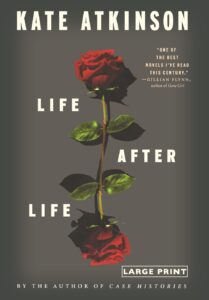 Ursula Todd is born in England on a very snowy evening, February 10, 1910. Except she is strangled by her umbilical cord and dies.
Ursula Todd is born in England on a very snowy evening, February 10, 1910. Except she is strangled by her umbilical cord and dies.